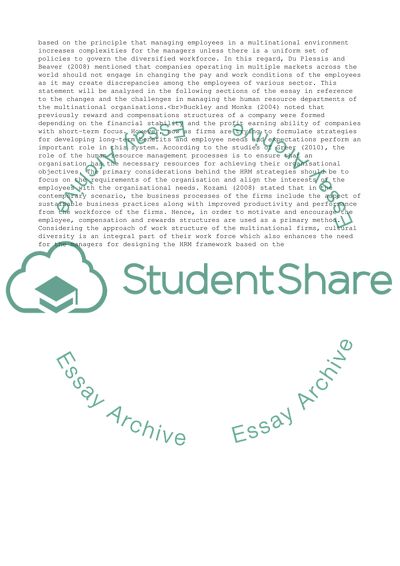Cite this document
(The Concepts of Du Plessis and Beaver Essay Example | Topics and Well Written Essays - 3250 words, n.d.)
The Concepts of Du Plessis and Beaver Essay Example | Topics and Well Written Essays - 3250 words. https://studentshare.org/business/1680625-the-concepts-of-du-plessis-and-beaver
The Concepts of Du Plessis and Beaver Essay Example | Topics and Well Written Essays - 3250 words. https://studentshare.org/business/1680625-the-concepts-of-du-plessis-and-beaver
(The Concepts of Du Plessis and Beaver Essay Example | Topics and Well Written Essays - 3250 Words)
The Concepts of Du Plessis and Beaver Essay Example | Topics and Well Written Essays - 3250 Words. https://studentshare.org/business/1680625-the-concepts-of-du-plessis-and-beaver.
The Concepts of Du Plessis and Beaver Essay Example | Topics and Well Written Essays - 3250 Words. https://studentshare.org/business/1680625-the-concepts-of-du-plessis-and-beaver.
“The Concepts of Du Plessis and Beaver Essay Example | Topics and Well Written Essays - 3250 Words”. https://studentshare.org/business/1680625-the-concepts-of-du-plessis-and-beaver.


